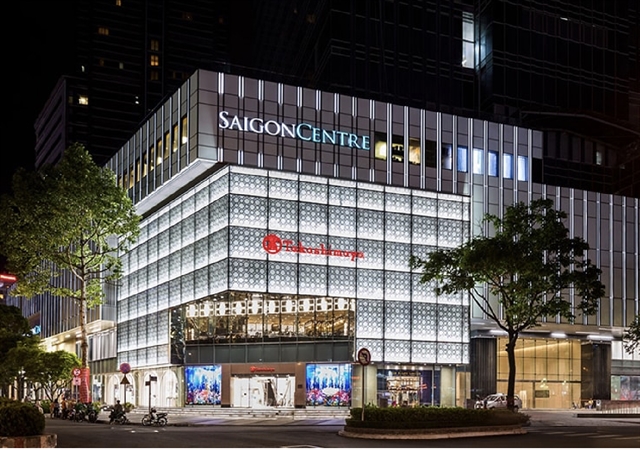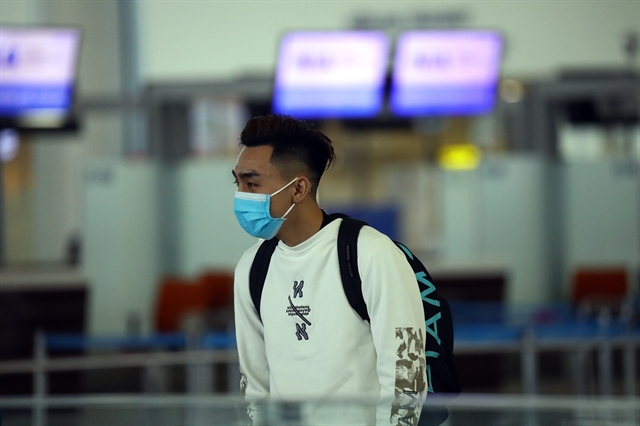
HÀ NỘI — Natural rubber firms are making profits from non-core activities despite falling rubber prices on global markets.
Phước Hòa Rubber JSC (HoSE: PHR) reported VNĐ335 billion (US$14.3 million) in revenue for the first quarter of 2020, up 18 per cent on-year. Pre-tax profit soared 260 per cent on-year to VNĐ172.5 billion in January-March.
The company targets to earn a total revenue of VNĐ2.46 trillion and pre-tax profit of VNĐ1.15 trillion in 2020, up 126 per cent and 134 per cent year on year.
Higher earnings are forecast because Phước Hòa Rubber expects to receive compensation from handing over its industrial parks to industrial park developers Nam Tân Uyên JSC and Vietnam-Singapore Industrial Park.
Selling assets is expected to bring high turnovers to the company as its core business – rubber exploitation and trading – has been affected negatively by the global COVID-19 pandemic.
In the first three months of the year, Phước Hòa Rubber posted a 40 per cent decline in its export volume, which was 1,024 tonnes – fulfilling 8.9 per cent of the full-year plan. Purchasing and processing volumes also fell 35 per cent and 51 per cent on-year, respectively.
The company’s board of directors have predicted consumption would keep falling in the remaining months of the year.
Hòa Bình Rubber JSC (HoSE: HRC) also recorded good earnings growth in the first quarter of the year.
The company reported an annual increase of 27 per cent in its first quarter net revenue, which touched VNĐ43 billion. Its net profit gained more than a third on-year to VNĐ825 million in the first three months.
According to the company spokesperson Bành Mạnh Đức, Hòa Bình Rubber recorded strong gains in net profit due to receivables from its clients, which were worth at least VNĐ4.5 billion.
Tây Ninh Rubber JSC (HoSE: TRC) saw its profit surge five times on-year to VNĐ20.3 billion in the first quarter, though revenue dropped 26.3 per cent on-year to VNĐ52 billion.
The company reported it had earned VNĐ21 billion from selling fixed assets, which helped cut costs by 30 per cent and boosted profit.
According to TRC, natural rubber firms’ operation depends significantly on the price of natural rubber and the conditions of international markets.
In the first three-month period, rubber futures on the Tokyo Commodity Exchange (TOCOM) lost 30 per cent from 207.80 yen ($1.93) per kilo on January 14 to end March at 145.20 yen per kilo as the global pandemic COVID-19 hampered global trade and pulled the demand down.
Rubber prices are forecast to keep dropping in the months to come, according to the Department of Export and Import under the Ministry of Industry and Trade. Rubber price hit its 11-year low of 140.60 yen per kilo on April 2.
Ending the first quarter, Việt Nam exported 227,000 tonnes of rubber and rubber products, worth $331 million. The figures were down 33 per cent on-year in volume and 26 per cent on-year in value.
Facing the problems brought by the disease, natural rubber companies have switched from rubber farming to industrial park development, which is expected to bring them huge profits as they are managing a large scale of land.
The disruption of global supply, caused by the China-US trade war and COVID-19, will encourage international corporations to more their plants from China to other neighbouring countries, including Việt Nam. — VNS































